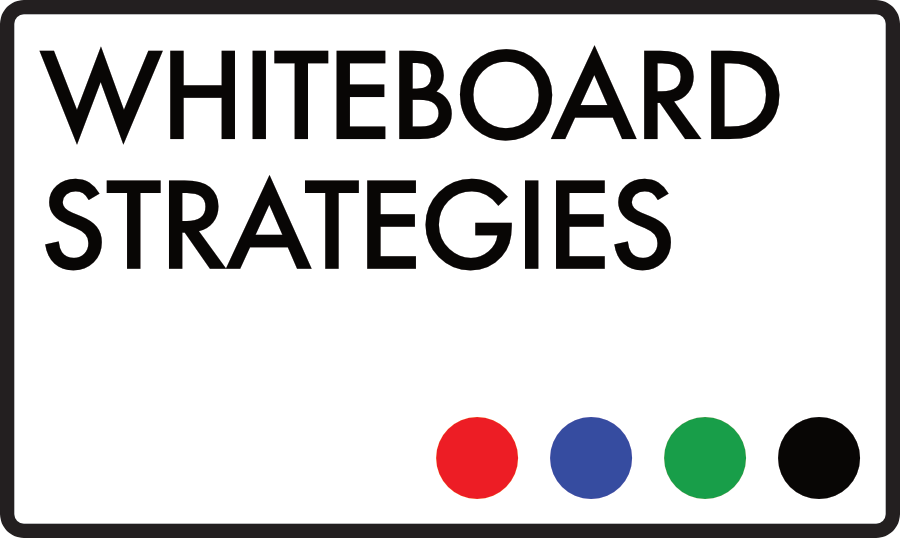When dealing with people, remember you are not dealing with creatures of logic, but with creatures of emotion
– Dale Carnegie
Last week I sat watching a massive, muppet-style monster dancing with a little boy on TV while my partner quietly teared up next to me.
Why? Because this was the John Lewis Christmas advert, and that’s what you do. The set up might be an old man stuck on the moon or a dog on a trampoline, but they’re designed to tug the heart strings. And that’s designed to make people spend money.
Classic economic theory thinks of consumers as rational, considering all relevant info before making a buying decision. The rational mind may play a significant part in large B2B purchases (the timeframes and number of people involved makes impulse buys impossible), but it is emotional response that still forms the foundation of most buying decisions.
Call emotional responses ‘gut feelings’, ‘hunches’, ‘intuition’, they’re all just a side product of emotional learning – a subconscious database of formative emotional responses to people, products and situations that the brain refers (and sometimes defers) to in order to decide how we feel about something.
The emotional mind is subconscious and fast – knee-jerk, responsive, offering intuitive responses to situations in the moment. The rational mind overlays the emotional – it is slower, more logical, governed by external rules and frameworks.
The dominance of one of these sets of processes over the other can have a significant impact – and deliberately leveraging the emotional mind can have a huge effect on buying decisions – both in B2B sales conversations and in fluffy Christmas monster puppets.
Well played, John Lewis.
Want more free insight direct to your inbox every month? Use the newsletter sign up form in the footer of this page.
Don’t forget to follow Whiteboard Strategies on LinkedIn to talk socializing and sharing, whiteboarding, visual comms and more.
– Tom @WSL

Recent Comments